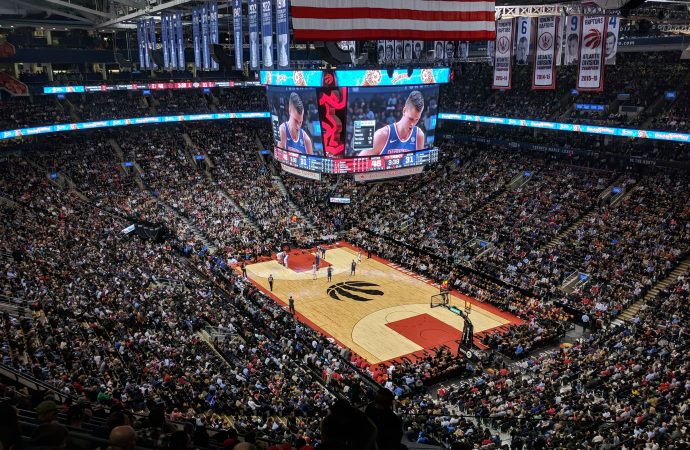In recent years, the animation industry has been making great strides in breaking down barriers and promoting diversity and inclusivity in its content. From the creators behind the scenes to the characters on screen, animation is starting to reflect the wide range of voices and experiences that make up our world. One example of this
In recent years, the animation industry has been making great strides in breaking down barriers and promoting diversity and inclusivity in its content. From the creators behind the scenes to the characters on screen, animation is starting to reflect the wide range of voices and experiences that make up our world.
One example of this is the popular children’s cartoon “Steven Universe,” created by Rebecca Sugar. The show features a diverse cast of characters, including several who are part of the LGBTQ+ community. It has been praised for its positive representation of these characters and for promoting messages of love and acceptance.
Another example is the Netflix original series “Big Mouth,” created by Nick Kroll and Andrew Goldberg. The show uses humor to tackle sensitive topics such as puberty, sexuality, and mental health. It also features diverse characters, including people of color and LGBTQ+ individuals, and has been praised for its frank and honest approach to these topics.
But it’s not just about representation on screen. The animation industry is also making efforts to promote diversity behind the scenes. For example, Cartoon Network launched a program in 2016 called “Cartoon Network Studios Global Shorts Program” to provide a platform for underrepresented voices in the animation industry to showcase their talent.
These efforts are important because they provide opportunities for new and diverse voices to be heard, and they help to break down the barriers that have historically kept certain groups out of the industry. They also help to create a more inclusive and representative media landscape, which is important for promoting empathy and understanding across different communities.
Of course, there is still work to be done. The animation industry, like many others, still has a long way to go when it comes to diversity and inclusivity. But the progress that has been made in recent years is a step in the right direction, and it is important to continue pushing for change and greater representation in all areas of the industry.
I hope that helps! Let me know if you need any further assistance.

















Leave a Comment
Your email address will not be published. Required fields are marked with *